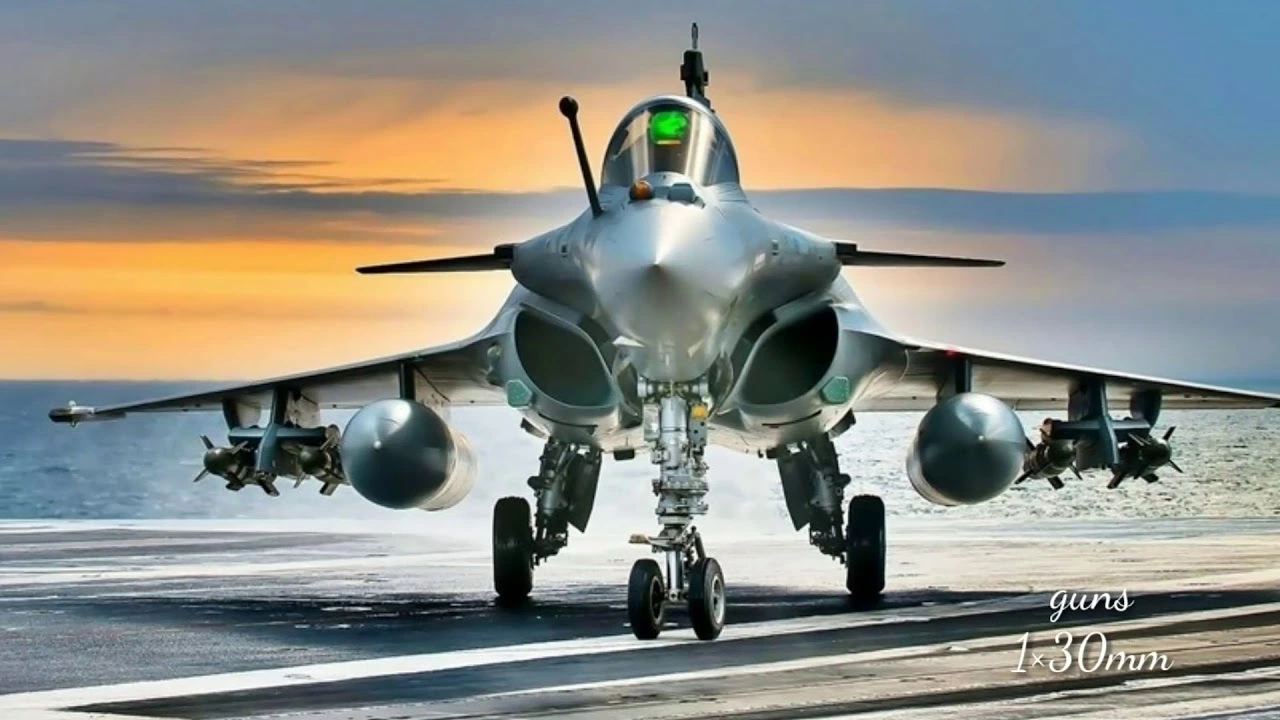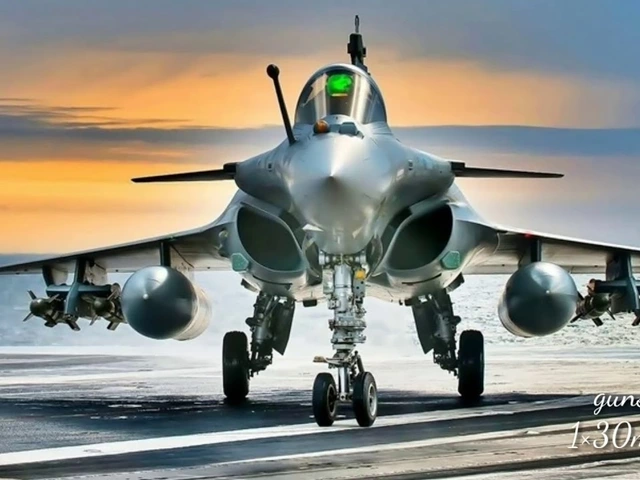
Safety on a Thread: Grappling with Air Accidents
Have you ever been on a plane, looking down at the green checkered fields, the crisscrossing roads, the tiny houses, cars moving like baby ants and thought, 'Why are India's air force planes falling out of the sky?' If you have not, trust me, it's not a relaxing thought while you're sipping your in-flight juice and hoping the child in the back stop kicking your seat. But folks, as much as we love the flying metal birds, our sky buddies are having a tough time in India recently. Let’s deep-dive into the reasons behind these heart-wrenching incidents.
The Anatomy of an Aerial Disaster
As much as I love cradling my beagle, Pepper, in my arms, the physics of it is simple. Canine + Gravity = On the ground. Easy stuff right! However, when it comes to planes, the equation becomes a bit more, let's say 'complicated' because canine + gravity equals the ground isn't the desired outcome here. Air incidents are often a combination of several factors, most of which are bafflingly complex.
Training, Or Lack Thereof
My children, Ronan and Althea, learned quickly that trying to teach our parrot, Nimbus, how to sing 'Old MacDonald had a Farm' is an exercise in futility. Like the 'e-i-e-i-oh' in Nimbus’s case, the effectiveness of the pilot's training comes under severe scrutiny whenever such accidents occur in the India Air Force. The training and the flight hours given to pilots could be seen as insufficient compared to global standards. While lack of suitable training isn’t always the case, it’s a piece of the puzzle that cannot be ignored.
The Aging Fleet and the Dangers It Poses
My old computer gives me the blue screen of death from time to time. It's a harmless reminder for me to upgrade. However, when the aging hardware is not an old computer but a plane with human lives on board, it becomes an entirely different matter. The Indian Air Force's fleet in recent years has included aircraft that are reaching the end of their service line, and upkeep is a troubling task.
Maintenance: A Fine Balance between Need and Availability
Imagine using your grandma's rusting, squeaky bicycle for a race against a shiny new racer from the opponent. Not an ideal situation, right? The same applies to aircraft maintenance. Budget constraints, lack of parts and technical expertise often lead to challenges in maintaining aircraft integrity.
Policy Pinch Points: The Bureaucratic Bottlenecks
If you've ever tried to get a permit for treehouses in your backyard, you understand how bureaucracy works. Now replace that treehouse with fighter jets and helicopters, and the red-tapism can be a logistical nightmare. Bureaucratic hurdles at every step of the procurement and maintenance process can affect the operational readiness of aircraft.
Way Forward: Applying Technological Solutions
Once, my kids and I got lost while out camping. Lucky for us, we had a GPS-enabled device, and we navigated our way back to civilization, minus the fuss. Like this GPS device, technology could be the silver bullet that helps reduce the number of air force plane crashes and incidents. From better simulators for realistic training, predictive maintenance to enhanced safety protocols, we can use digital solutions to tackle the issue. Who knows, we might just ensure that the next time when we're in a plane, looking down at the world, the only thing we need to worry about is whether we want the chicken or the vegetarian meal.







Write a comment